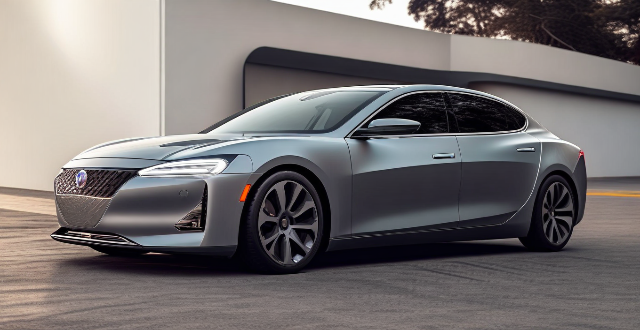Driving an electric car can have a range of environmental impacts, both positive and negative. Some key factors to consider include reduced emissions, battery production and disposal, and energy sources. Electric cars produce zero tailpipe emissions, which can help improve air quality and reduce respiratory problems caused by vehicle emissions. Depending on how the electricity used to charge the car is generated, electric cars can also have a lower carbon footprint than traditional vehicles. However, the production of lithium-ion batteries for electric cars requires large amounts of energy and raw materials, which can have significant environmental impacts. At the end of their lifespan, batteries must be disposed of properly to prevent harmful chemicals from leaking into the environment. The environmental benefits of driving an electric car depend largely on where the electricity comes from. If it's generated by burning coal or other fossil fuels, the reduction in emissions may not be as significant as if it comes from renewable sources. As more people switch to electric cars, there will be increased demand for electricity, which could put a strain on power grids and lead to increased energy production. By addressing these challenges and continuing to develop cleaner energy solutions, we can maximize the environmental benefits of electric cars.

Environmental Impacts of Driving an Electric Car
Driving an electric car can have a range of environmental impacts, both positive and negative. Here are some of the key factors to consider:
Reduced Emissions
- Air Pollution: Electric cars produce zero tailpipe emissions, which means they don't contribute to air pollution in the same way that gasoline or diesel vehicles do. This can help improve air quality and reduce respiratory problems caused by vehicle emissions.
- Carbon Footprint: Depending on how the electricity used to charge the car is generated, electric cars can also have a lower carbon footprint than traditional vehicles. If the power comes from renewable sources like wind or solar, the overall emissions from driving an electric car can be significantly reduced.
Battery Production and Disposal
- Manufacturing: The production of lithium-ion batteries for electric cars requires large amounts of energy and raw materials, including rare metals like lithium, cobalt, and nickel. These processes can have significant environmental impacts, including water pollution and habitat destruction.
- Disposal: At the end of their lifespan, batteries must be disposed of properly to prevent harmful chemicals from leaking into the environment. Recycling programs for these batteries are still developing, so there is a risk that improper disposal could lead to pollution.
Energy Sources
- Renewable vs Non-renewable: The environmental benefits of driving an electric car depend largely on where the electricity comes from. If it's generated by burning coal or other fossil fuels, the reduction in emissions may not be as significant as if it comes from renewable sources.
- Grid Load: As more people switch to electric cars, there will be increased demand for electricity. This could put a strain on power grids and lead to increased energy production, potentially offsetting some of the environmental benefits of electric vehicles.
In conclusion, while electric cars offer many potential environmental benefits over traditional vehicles, it's important to consider the full lifecycle impacts, including battery production and disposal, as well as the source of the electricity used to charge them. By addressing these challenges and continuing to develop cleaner energy solutions, we can maximize the environmental benefits of electric cars.